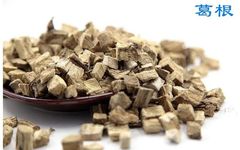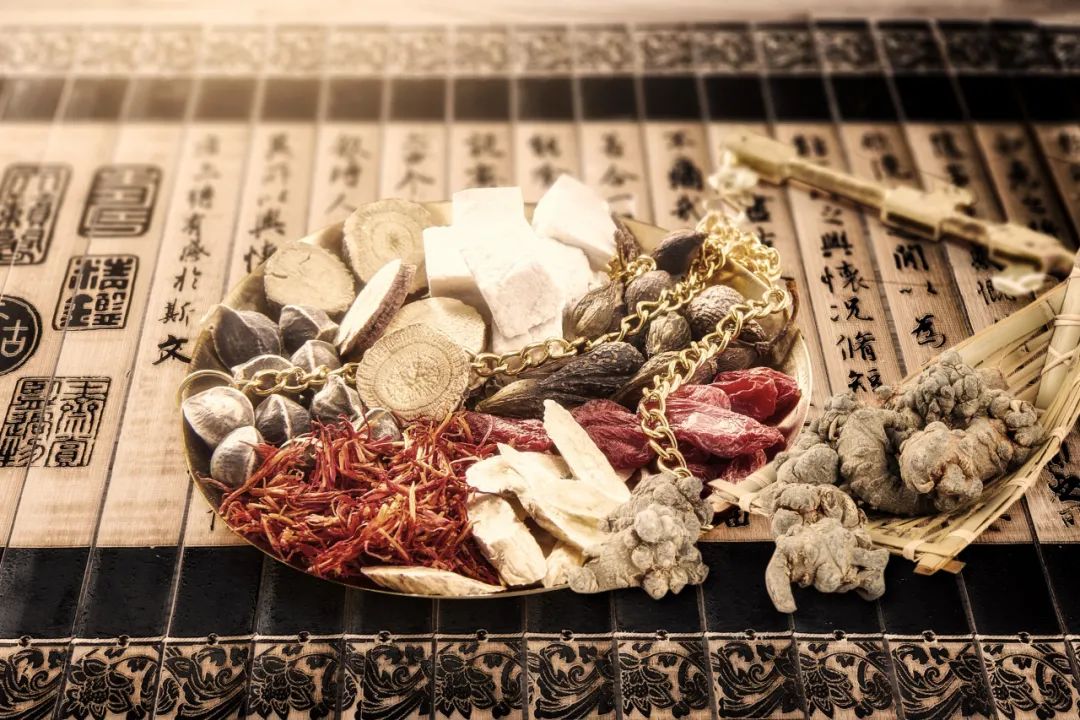
Blood-activating and stasis-resolving herbs are a commonly used category of Chinese medicine. However, there are many herbs in this category, each with its own characteristics. Rationally combining them based on their properties can significantly enhance treatment efficacy. Today, we will introduce three commonly used combinations of blood-activating and stasis-resolving herbs by renowned traditional Chinese medicine practitioners.
01Ge Gen (Pueraria), Dan Shen (Salvia miltiorrhiza)
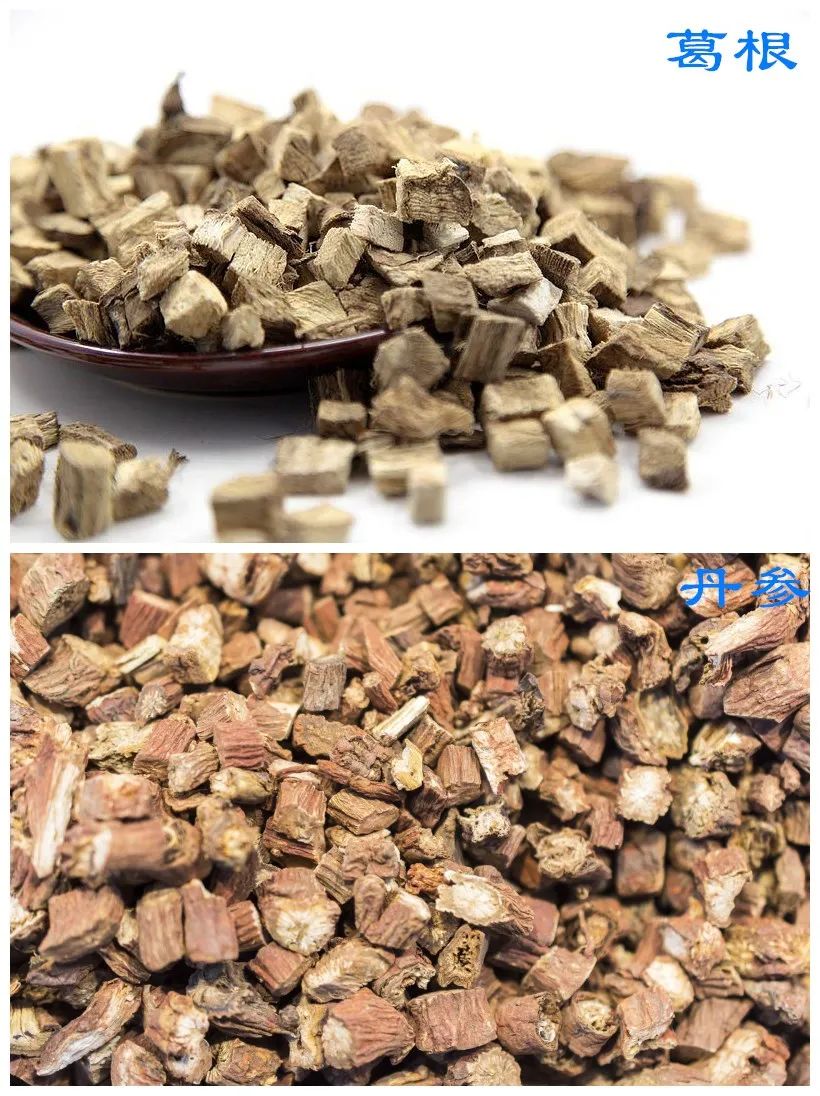
Properties and Channels:Ge Gen is sweet and acrid, cool; it enters the Spleen, Lung, and Stomach channels. Dan Shen is bitter and slightly cold; it enters the Heart and Liver channels.Insights:Ge Gen and Dan Shen are classic pairings in Chinese herbal medicine. Ge Gen is sweet and acrid, often described in ancient texts as a remedy for raising Yang and relieving muscle tension, with less emphasis on its blood-activating properties. Modern research has found that Ge Gen has blood-activating and channel-opening functions, effectively treating cardiovascular and cerebrovascular diseases. For example, it is used for chest obstruction by promoting blood flow and resolving stasis; for dizziness, it is used to dispel wind and relieve spasms, often combined with other herbs to treat coronary heart disease, hypertension, and stroke, showing significant efficacy.Dan Shen has a gentle action, activating blood without harming the righteous Qi, making it a key herb for activating blood and resolving stasis. It is said that “one herb of Dan Shen is equivalent to four herbs of Si Wu Decoction.” However, clinical experience shows that while it is effective in activating blood and relieving pain, its blood-nourishing ability is slightly inferior, often used for conditions of Qi stagnation and blood stasis related to cardiovascular and cerebrovascular diseases.The combination of Ge Gen and Dan Shen harmonizes Qi and blood, achieving the effect of regulating Qi and activating blood, clinically used to treat symptoms such as ischemic stroke, dizziness, headache, chest obstruction, and pain in the chest and hypochondrium caused by Qi stagnation and blood stasis.
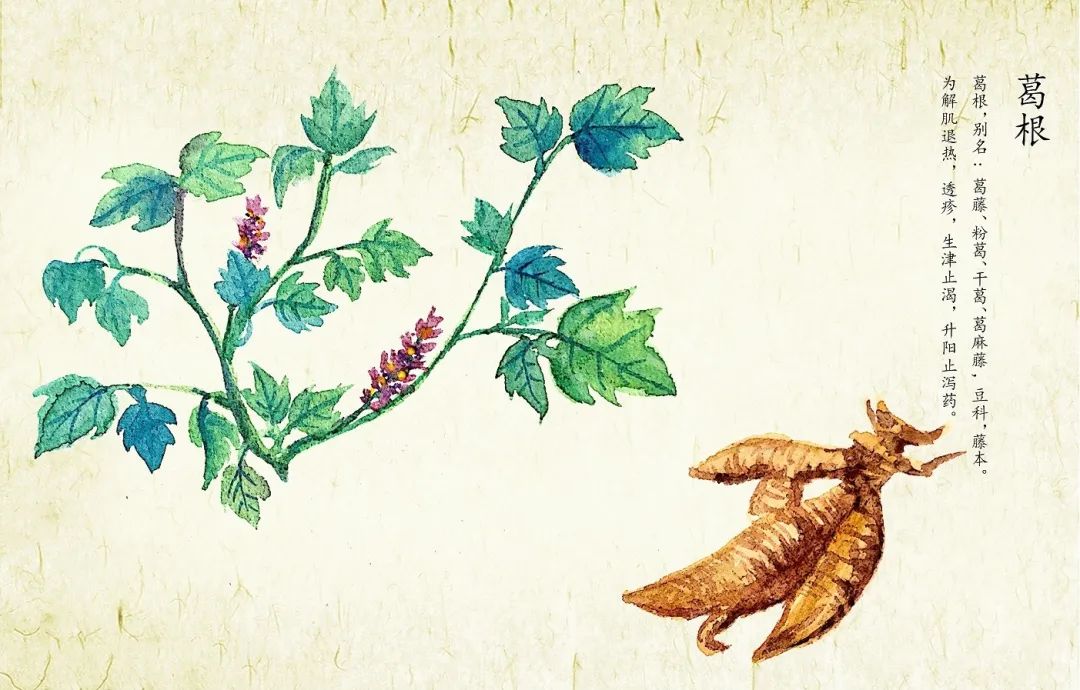
02Tao Ren (Peach Kernel), Hong Hua (Safflower)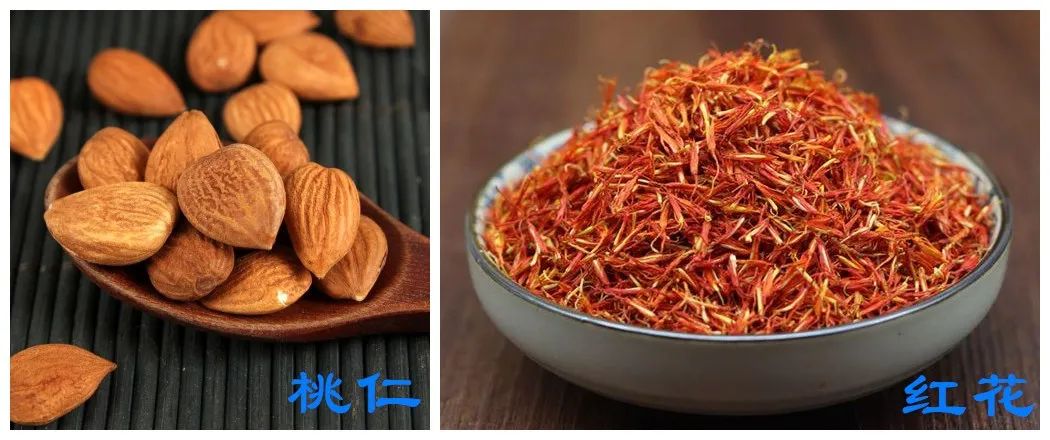 Properties and Channels:Tao Ren is bitter and sweet, neutral; it enters the Heart, Liver, and Large Intestine channels. Hong Hua is acrid and warm; it enters the Heart and Liver channels.Insights:The combination of Tao Ren and Hong Hua originates from the “Tao Hong Si Wu Decoction” in the “Yi Zong Jin Jian” and is one of the most commonly used herbal pairs for treating blood-related conditions. Tao Ren enters the blood level, breaking blood and promoting circulation, with strong stasis-resolving power; Hong Hua activates blood and opens channels, with strong blood-moving ability. Together, these two herbs promote each other, activating blood and opening channels, resolving stasis and generating new blood. This combination is widely used in gynecology and cardiovascular diseases, and is also frequently applied in cerebrovascular diseases, showing remarkable efficacy.03Dang Gui (Angelica sinensis), Yi Mu Cao (Leonurus japonicus), Lu Lu Tong (Liquidambar), Liang Mian Zhen (Bupleurum)
Properties and Channels:Tao Ren is bitter and sweet, neutral; it enters the Heart, Liver, and Large Intestine channels. Hong Hua is acrid and warm; it enters the Heart and Liver channels.Insights:The combination of Tao Ren and Hong Hua originates from the “Tao Hong Si Wu Decoction” in the “Yi Zong Jin Jian” and is one of the most commonly used herbal pairs for treating blood-related conditions. Tao Ren enters the blood level, breaking blood and promoting circulation, with strong stasis-resolving power; Hong Hua activates blood and opens channels, with strong blood-moving ability. Together, these two herbs promote each other, activating blood and opening channels, resolving stasis and generating new blood. This combination is widely used in gynecology and cardiovascular diseases, and is also frequently applied in cerebrovascular diseases, showing remarkable efficacy.03Dang Gui (Angelica sinensis), Yi Mu Cao (Leonurus japonicus), Lu Lu Tong (Liquidambar), Liang Mian Zhen (Bupleurum)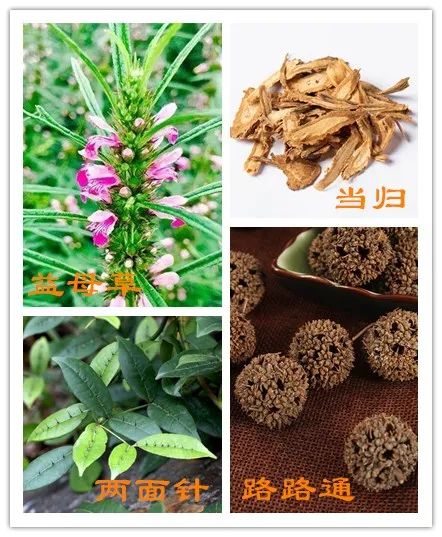 Properties and Channels:Dang Gui is sweet and acrid, warm; it enters the Liver, Heart, and Spleen channels. Yi Mu Cao is bitter and acrid, slightly cold; it enters the Liver, Heart, and Bladder channels. Lu Lu Tong is bitter and neutral; it enters the Liver and Kidney channels. Liang Mian Zhen is bitter and acrid, neutral, with slight toxicity; it enters the Liver and Stomach channels.Insights:Ancient texts state, “Postpartum women often experience deficiency and stasis.” Since women primarily rely on blood, menstruation, pregnancy, childbirth, and lactation all depend on blood, smooth blood circulation ensures the harmony of the organs and the smoothness of the meridians, leading to normal menstruation and pregnancy. Blood and Qi support each other; when blood stagnates, Qi also stagnates, hence blood stasis and Qi stagnation often occur simultaneously. Promoting Qi movement leads to blood movement, while Qi stagnation leads to blood stagnation, thus activating blood and moving Qi is a fundamental method for treating blood stasis and Qi stagnation.
Properties and Channels:Dang Gui is sweet and acrid, warm; it enters the Liver, Heart, and Spleen channels. Yi Mu Cao is bitter and acrid, slightly cold; it enters the Liver, Heart, and Bladder channels. Lu Lu Tong is bitter and neutral; it enters the Liver and Kidney channels. Liang Mian Zhen is bitter and acrid, neutral, with slight toxicity; it enters the Liver and Stomach channels.Insights:Ancient texts state, “Postpartum women often experience deficiency and stasis.” Since women primarily rely on blood, menstruation, pregnancy, childbirth, and lactation all depend on blood, smooth blood circulation ensures the harmony of the organs and the smoothness of the meridians, leading to normal menstruation and pregnancy. Blood and Qi support each other; when blood stagnates, Qi also stagnates, hence blood stasis and Qi stagnation often occur simultaneously. Promoting Qi movement leads to blood movement, while Qi stagnation leads to blood stagnation, thus activating blood and moving Qi is a fundamental method for treating blood stasis and Qi stagnation.
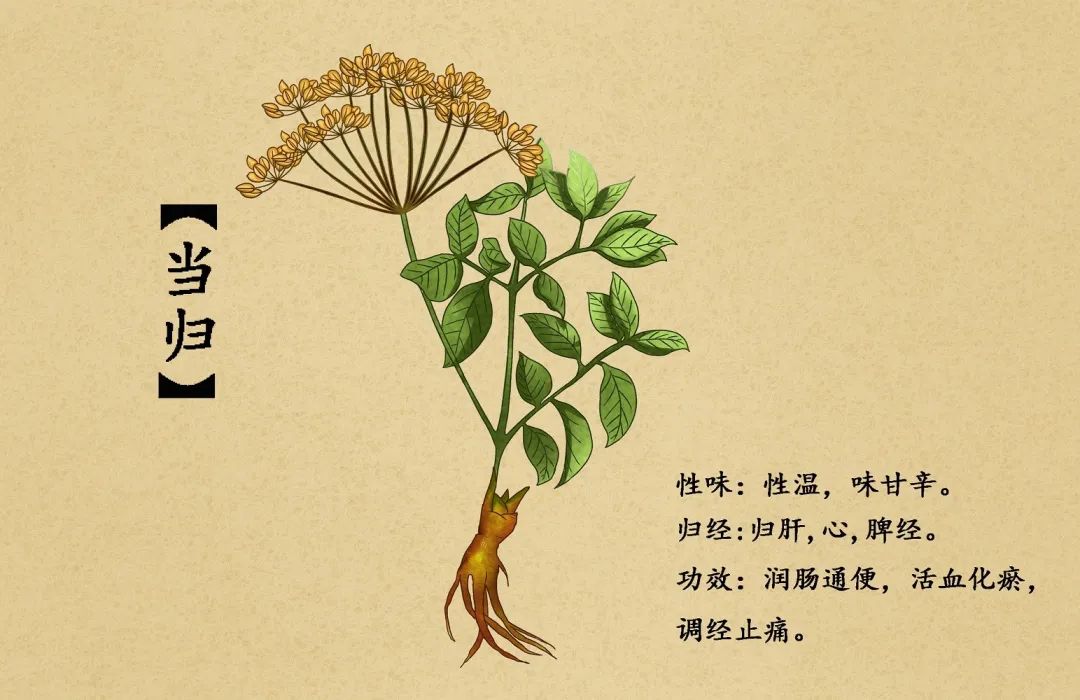
In the “Compendium of Materia Medica” by Li Shizhen in the Ming Dynasty, it is stated: “Dang Gui regulates blood, a vital herb for women.” Dang Gui nourishes and activates blood, regulates menstruation, and alleviates pain, making it essential in gynecology. Yi Mu Cao primarily enters the blood level, effectively activating blood and regulating menstruation, commonly used for postpartum blood stasis conditions, making it a key herb in gynecology. The combination of these two herbs, one warm and one cold, can temper the drying heat of Dang Gui and eliminate the cold nature of Yi Mu Cao. Liang Mian Zhen is neutral and good at moving, relieving pain, activating blood, and resolving stasis, often used for pelvic pain with significant efficacy. Lu Lu Tong promotes lactation, moves Qi, and activates blood, often combined with Dang Gui, Yi Mu Cao, and other blood-activating and channel-opening herbs to treat amenorrhea and delayed menstruation.【Source: Reading Traditional Chinese Medicine, part of the content is excerpted from “Experience of Renowned Doctors in Western Guangdong”, edited by Cai Bai and Liao Kaiming】

